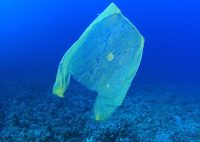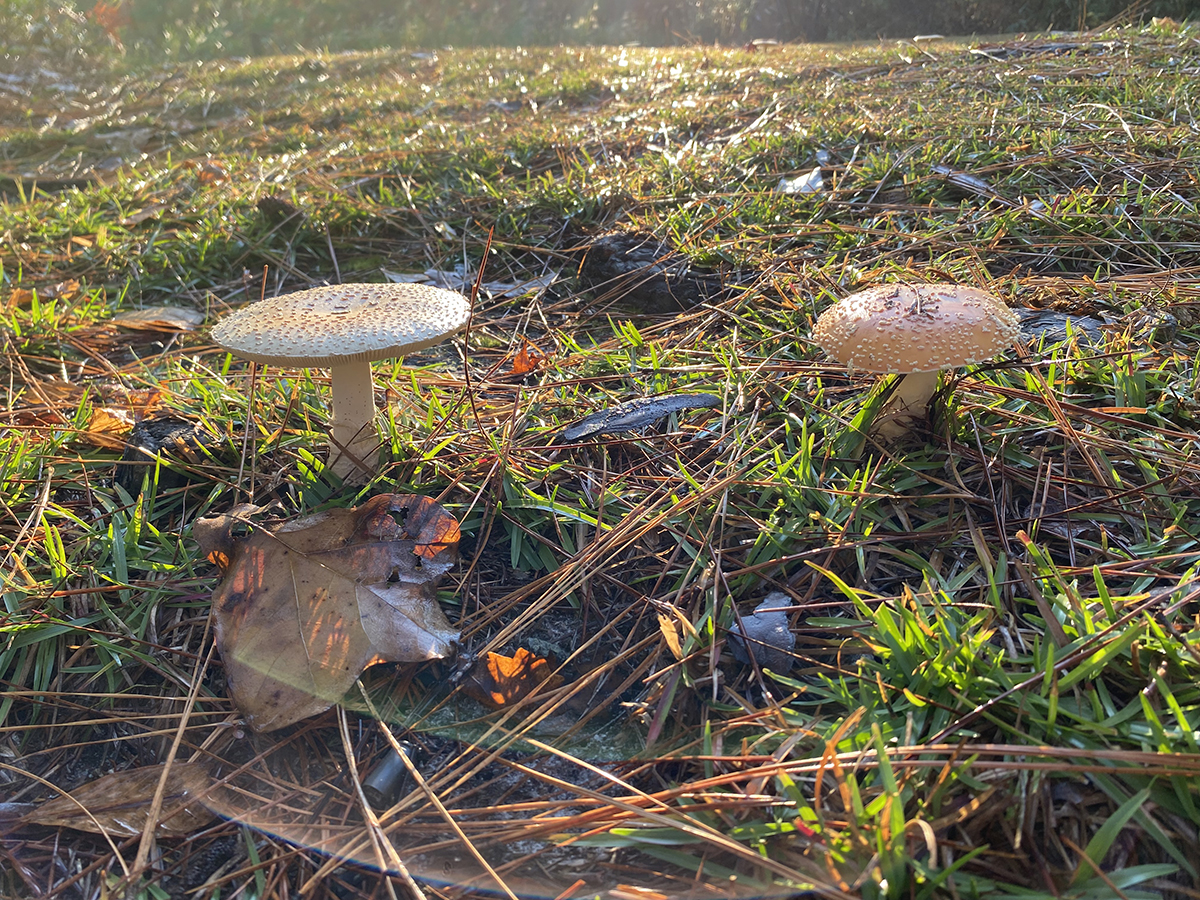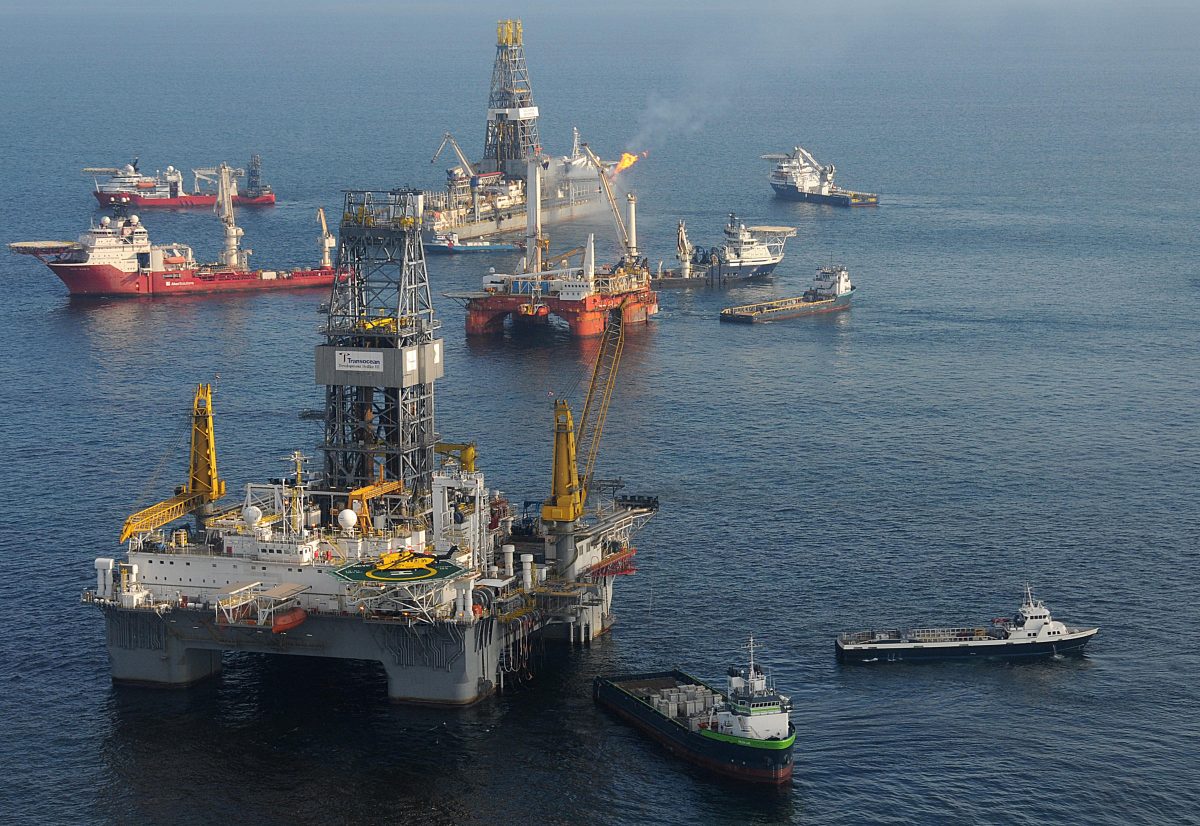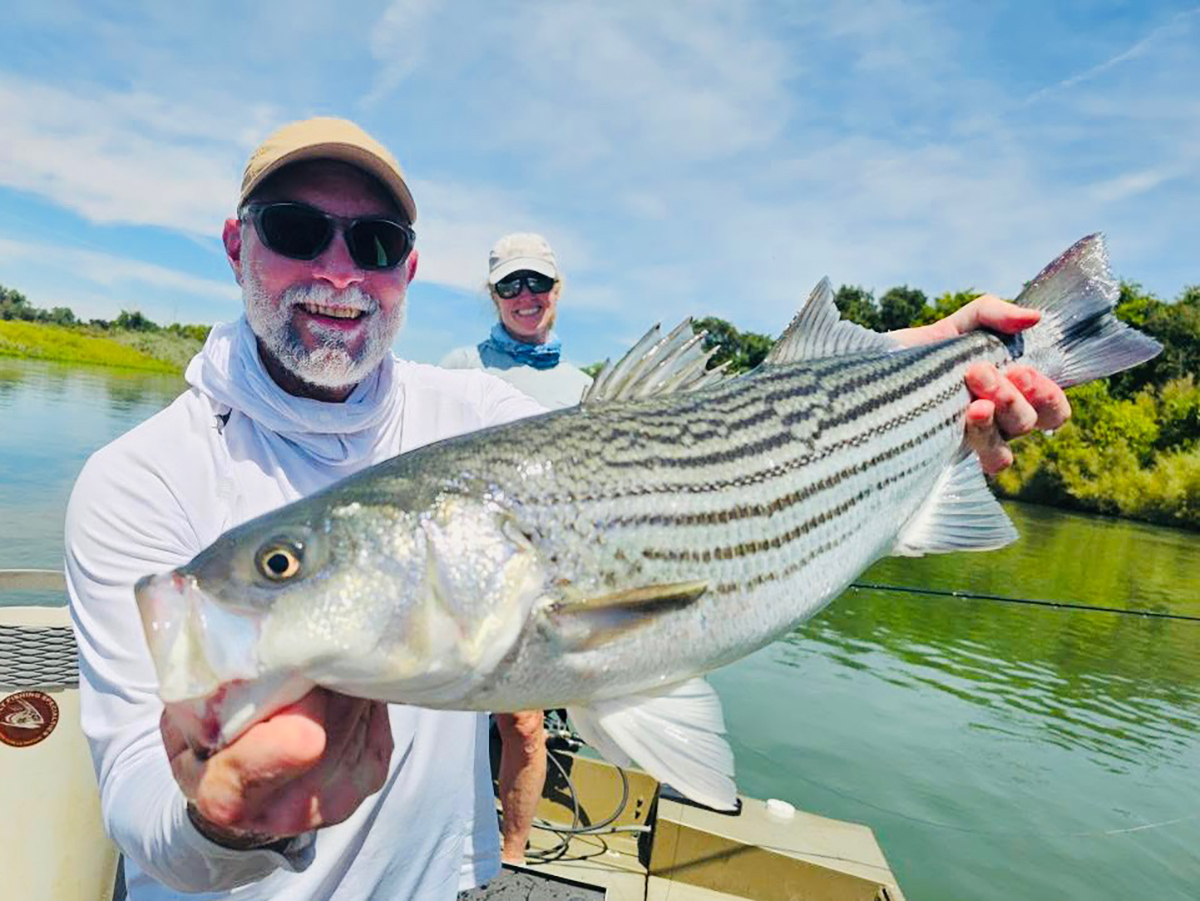
Kathleen Rogers is President of Earth Day Network. This year’s Earth Day, April 22, campaign is to End Plastic Pollution.
By now most of us have read that plastic, that incredibly useful product that all of us use every day, is fast becoming public enemy number one. We have been using plastics for decades and as a result, plastic is everywhere: in our fish, in our food, in our oceans, in our waste water treatment systems, and in our public spaces. We use plastics in every part of our lives, from single-use plastics, such as bags, bottles, and straws, to our babies’ toys to our nylon clothes to our paint.
Supporter Spotlight
Plastic particles and plastic microbeads are used in our shampoo, toothpaste, soap and millions of other products, all of which contain different kinds of tiny particles of plastic, all of which come off in our bodies, our mouths, our scalp and our skin as we use them. And plastic use is on the rise, more than 10 percent a year, while industry titans build more and more profitable plastic factories with high-priced fossil fuels.
Plastics everywhere was bad enough, but now multiple studies have found that 94 percent of our drinking water and 93 percent of sampled bottled water worldwide are full of plastic particles and chemicals, including BPA, heavy metals, phthalates, pesticides, PCBs and other chemicals, many of which are linked in animal studies as well as some human studies to cancer, premature puberty, reduced immunity, birth defects, endocrine disruption, insulin resistance and other major diseases. And we have no idea and neither does the FDA, EPA, or any other federal agency, whether this lethal cocktail, which binds together with other toxins, is having an even more profound impact on our health and that of our kids. What we get now from those agencies is “conflicting findings” and “uncertainties” about the potential impact of plastics-related chemicals. What we do know is that governments only test or analyze the impacts of individual chemicals to determine the levels of potentially life-threatening exposure, making it impossible to figure out the combined total load of chemicals from plastics our babies can safely absorb. We, the general public, have unleashed this problem on ourselves without understanding the impacts that fossil-fuel based plastics were having on our environment or our health. Half a century of this “uncontrolled experiment” is fast becoming as serious a problem as climate change because no corner of the earth, no animal, no body of water, no human, is immune from its impacts. The plastics industry, and our fast food industry which relies on single use plastics, along with others, perhaps taking a page from Big Tobacco, have assured us that everything is perfectly fine. Yet many countries are banning BPA, phthalates, and other chemicals from plastics in some plastic products, and even industry is scouring around for suitable alternatives to fossil fuel based plastics, although so far many “biodegradable” plastics aren’t living up to their reputation.
The plastics industry, and our fast food industry which relies on single use plastics, along with others, perhaps taking a page from Big Tobacco, have assured us that everything is perfectly fine. Yet many countries are banning BPA, phthalates, and other chemicals from plastics in some plastic products, and even industry is scouring around for suitable alternatives to fossil fuel based plastics, although so far many “biodegradable” plastics aren’t living up to their reputation.
What’s the alternative for us, the consumers and multi-decade guinea pigs, while we wait? Getting rid of single use plastics, using less plastic and getting involved in local legislation and regulation to reduce and recycle plastics is a good start. In the meantime, some countries and some U.S. states are wising up to the problem and the plastics lobby. An international treaty on plastics is under consideration but that may be a decade away.
Supporter Spotlight
In the meantime, we know for sure that our plastic bottles, sippy cups, and the water in them are spiked with chemically laced plastic micro-particles that should not be there.
Learn More
To stimulate discussion and debate, Coastal Review Online welcomes differing viewpoints on topical coastal issues. See our guidelines for submitting guest columns. The opinions expressed by the authors are not necessarily those of Coastal Review Online or the North Carolina Coastal Federation.







